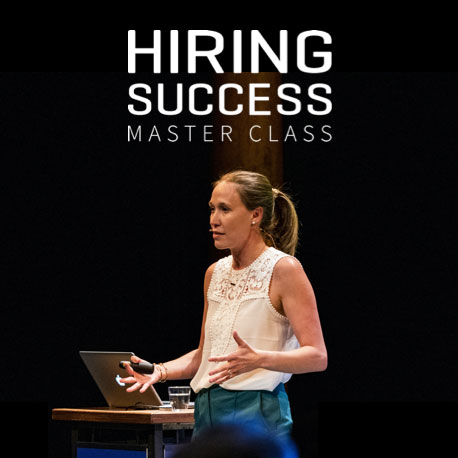If your company has recently implemented a hiring freeze, then you’re surely not alone. But that doesn’t mean you can’t help source the talent you need to succeed and match it to critical projects and business goals. Though you might not be able to drive outcomes like you would through traditional external hiring, there’s a good chance you can still push things forward via internal mobility.
Recently, I discussed this topic at length with three other TA experts for one of SmartRecruiters’ TA Today webinars. TA Today is a five-part series that brings together talent acquisition experts who share their ideas on how to emerge from the current economic downturn—stronger and better equipped than ever. Below, you’ll find a recording of the session, as well as key insights to keep in mind after viewing it.
Session 3: Now’s the time to focus on internal mobility
Panelists
- Hung Lee, Workshape.io
- Elaine Orler, Talent Function
- Felix Serrano, Activus Connect
- Jess Von Bank, FuelWork
What we’re seeing
- With the virtualization of work, internal mobility has been brought to the forefront. It forces us to focus on the critical assignment based work that needs to be done vs. admin-type work that would have been done if we were in the office.
- There is a hyper-focus on results. Our skills and abilities are being put to the test for what work must be done in order to be operational.
- Virtual work allows you to see talent in different ways and how they will operate in different work environments – need to be adaptable and flexible on individual and organizational level.
What you can do right now
- Make sure manager incentives are aligned with talent progression and pushing talent out, not solely on financial gains, which often makes managers feel territorial about their team.
- Much like consulting firms, teams should be formed from project-based resource alignment with each project having an end-date. Working with different teams on different projects with different challenges – this is what will keep employees engaged.
- What organizations do for succession planning at the executive level we should be doing the same with career planning at the employee level.
- Organizations should take ownership of their talent, they are best served as a company if they keep them IN the org, not necessarily just in the same role/department/function but in the org as a whole.
- Give employees the tools to take ownership over their careers through transparent career paths, managers should play an active role in helping individuals know where they are best suited within the organization.
Advice from the panel
- Redefine what internal mobility means—if an employee doesn’t need to notify their manager they’re exploring external opportunities, why should they have to notify them about internal opportunities?
- Get a line of sight into your full available talent marketplace. Pull in all the data of an employee from pre-hire to post-hire to get a full picture of this person’s skills and background in order to understand where they are best fit within the organization and to evaluate them properly.
- Managers and organizations as a whole should be involved in letting individuals know where they would be best fit.
- Invest in people at the unit level so that you’re always preparing to support the business as it grows, and compensate based on that.
Check out the other TA Today webinars
- Future-proof your TA strategy
- The time is now: Re-skilling and up-skilling
- The time is now: Leaner operations, higher ROI

 Enroll in the Master Class & earn 6 SHRM credits
Enroll in the Master Class & earn 6 SHRM credits